Context
Our mission is to design diverse and adaptable products and solutions that cater to the full spectrum of human needs and abilities, ensuring an enhanced experience for everyone. We champion design for human diversity, social inclusion, and equality. Embracing inclusive design means acknowledging that one size does not fit all; it requires a holistic approach and recognizing the inherent diversity of users.
We understand that diversity is dynamic, with physical, cognitive, and sensory abilities evolving over time. Situational obstacles can also impact access to or use of products and services. Beyond physical and situational challenges, there are cultural, social, and economic barriers. Our research focuses on stigma-free design solutions and human empowerment, aiming to enhance human performance, health, well-being, and social participation.
Driven by a deliberate and systematic effort, we proactively apply principles, methods, and tools of universal and inclusive design. We strive to develop solutions that are accessible and usable for all, avoiding the need for retroactive adjustments.
Topics
Human augmentation for everyone: Human augmentation is a thriving, interdisciplinary research field that aims to amplify human abilities through the development of physical or cognitive improvements as an integral part of the human body.
Products and proxemics: The study of human use of space and the effects on behavior, communication, and social human-product interaction. Space theory, Product-related stigma and social distance experiments
Empathy and simulation tools:
- The GERT age simulation suit consists of a series of separate components. Reductions in sensory motor skills associated with old age can be simulated.
- Empathy gloves that can simulate a user with arthritis: these gloves limit the range of motion, freedom of movement, strength and dexterity (dexterity) of fingers and hand.
- Tremor simulator gloves
- Empathy glasses simulate a limitation in vision.
Services
- Empathy and simulation tools for inclusive designers
- Eye-tracking: capturing human attention in relation to products, assistive aids, etc…
- Capturing Physiological parameters related to stress and emotion –Biosignalsplux 4 Channel Hub with 4 sensors.
- Co-creation workshops with target groups
Projects
Horizon 2020: gAAlaxy
Abstract: In the gAALaxy project, we devised new products that make it easier for older people to live independently in their own homes. From our background in embodied interaction and UX, we worked on the domestication and user acceptance of these products. More specifically, we embodied the assistive intelligence that is added to the housings of older people by a physical object: a piece of furniture that was hung to the wall. The idea was to translate high-tech in a warm, domesticated appliance. We produced a series of 15 pieces, and tested them in a large-scale field test, involving 50 housings in Belgium, Austria and Italy.SF1, a member of the gAALaxy consortium and an integrator of smart home technology, was inspired by this endeavor, and together with them, we started the development of the SF1 Pitlane Box, a hardware unit that eases home automation. The first samples were 3D printed and tested in Belgian households.

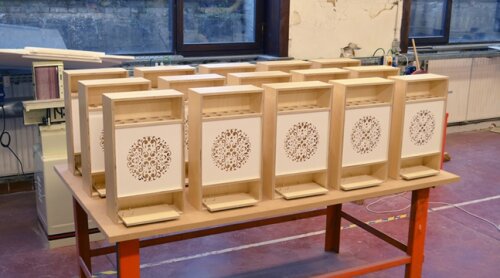

Take a look at gaalaxy.eu
Researcher: Lukas Van Campenhout
Supervisor: Kristof Vaes
Funding : HORIZON 2020 (EU) - Ambient Assisted Living Joint Programme
Partners (Flemish Consortium): Fifthplay (Niko), SF1, CM, Zorgbedrijf Antwerpen
Period: 2016 – 2019
Human Augmentation
Abstract: This research aims to establish a research-based framework for the development of human-augmentation products that strengthen the user's identity or capabilities by capturing contextual and physiological user input. Human augmentation is an interdisciplinary field that aims to enhance and amplify human abilities. It comprises many different types of technological apparatuses such as prosthetics, orthotics, and physically assistive devices that replace missing or lost functions, exoskeletons that extend physical abilities, or head-up-displays using augmented reality or virtual reality.
Researcher: Muriel De Boeck
Supervisor: Kristof Vaes
Funding: BOF DOCPRO 4 (NEWZAP)
Period: 01/10/2020 – 31/09/2024
Toerisme Vlaanderen: research and update accessible holiday accommodation info sheets
Abstract: This study commissioned by Tourism Flanders focuses on updating the information sheets on accessible holiday accommodation as part of their relaunch policy. The aim is to ensure optimal and comfortable accessibility for everyone, especially people with disabilities. Projects funded by Tourism Flanders must meet strict accessibility standards, with guidance from either INTER Flanders or Tourism Flanders experts. Despite existing legislation, many tourism projects fall outside the scope, underlining the need for more comprehensive guidelines and inspiring examples. The study formulates and refines objectives to meet these needs.
Researchers:
- Promotor: Vaes Kristof
- Co-promotor: Annemans Margo
Period: 19/02/2024 - 19/04/2024
Beyond the Binary: An Intersectional Approach towards a more Systemic Inclusive Design
Abstract: Dit doctoraatsonderzoek verkent de rol van intersectionaliteit binnen de theorie en praktijk van Inclusive Design. Het streeft ernaar het begrip van diversiteit en inclusie in Inclusive Design te herdefiniëren, zodat de ontwerpen van de toekomst beter inspelen op de complexe en systemische uitdagingen van onze superdiverse samenleving. Geïnspireerd door feministische theorie en kritische toegankelijkheidsstudies, richt het onderzoek zich op de invloed van macht en ongelijkheid binnen het ontwerpproces, met als doel een rechtvaardige en inclusieve ontwerppraktijk te bevorderen.
Researcher: Kaat Kenis
Supervisor: Kristof Vaes
Related courses
- Inclusive Design (3BaPO)
- Design for Interaction Fundamentals: Design for Wellbeing (1MaPO)
- Design for Interaction: Module 1 (1MaPO)
- Design for interaction: Module 2 (2MaPO)
- Master projects (2MaPO)
Master theses
OkidoKit
Improved blood collection for children
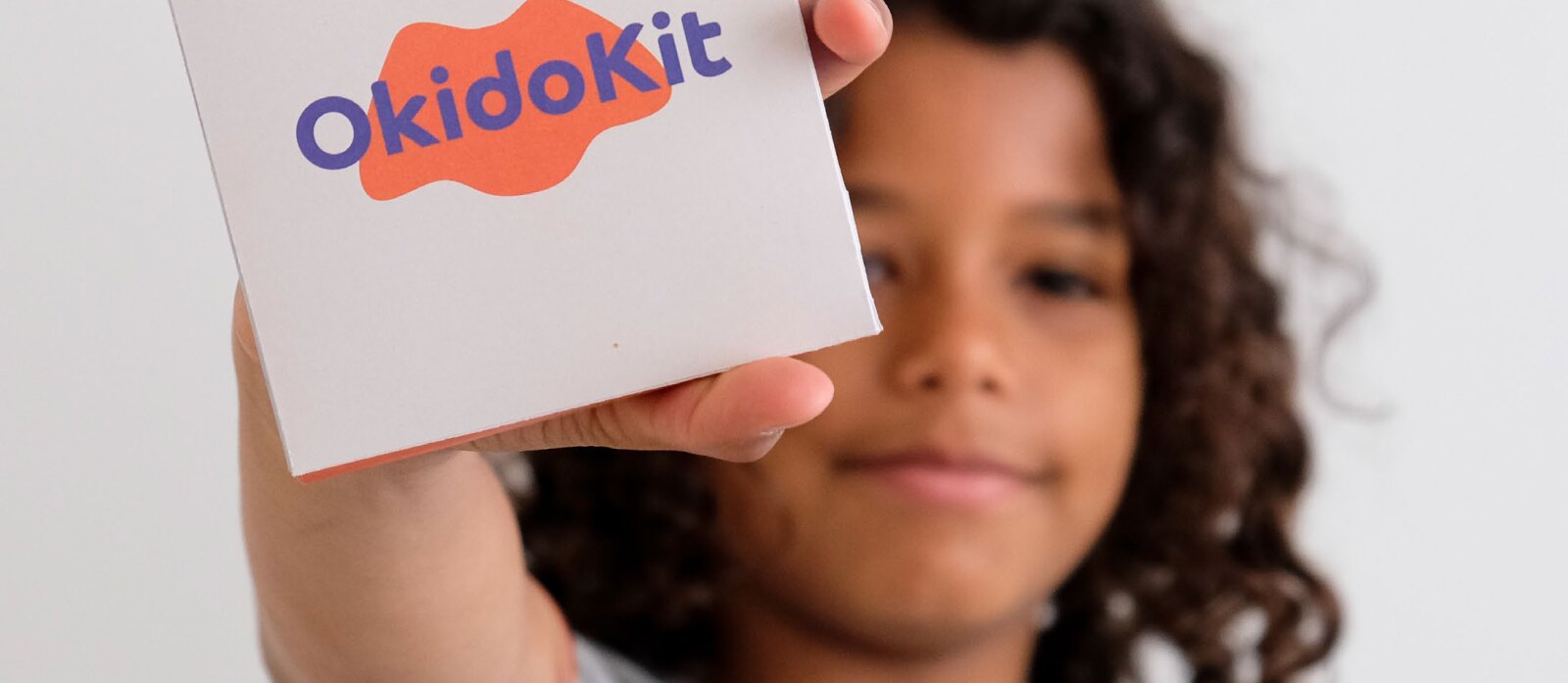
Laico
EEG-headset voor jonge epilepsiepatiënten
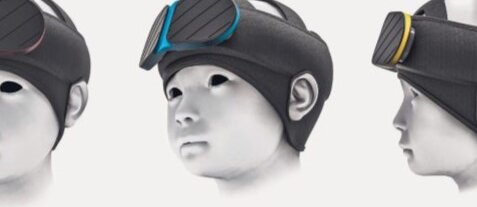
ManiFlex
Dynamic orthosis for children with cerebral palsy

Co-kido
Support for children in a co-parenting situation
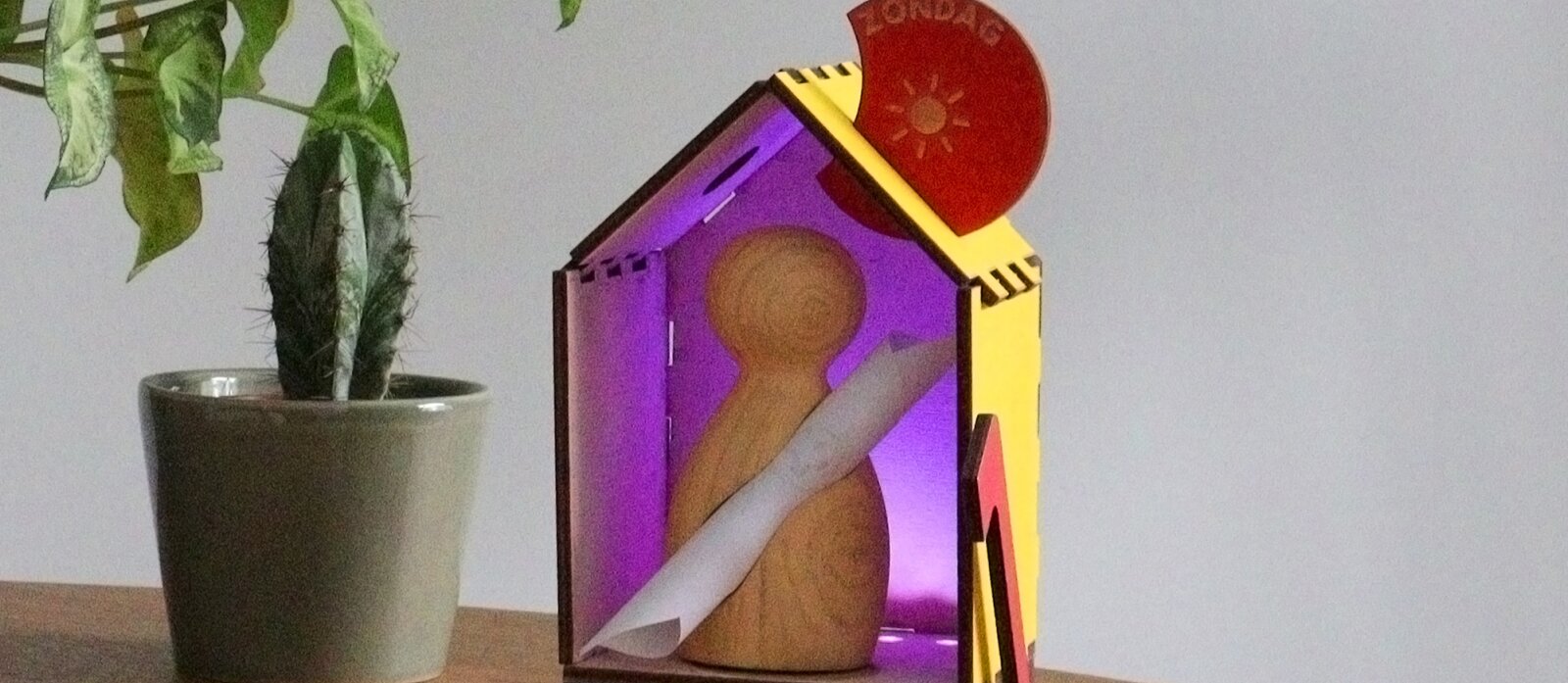
MS-X-Move
Hybrid mobility aid for MS patients
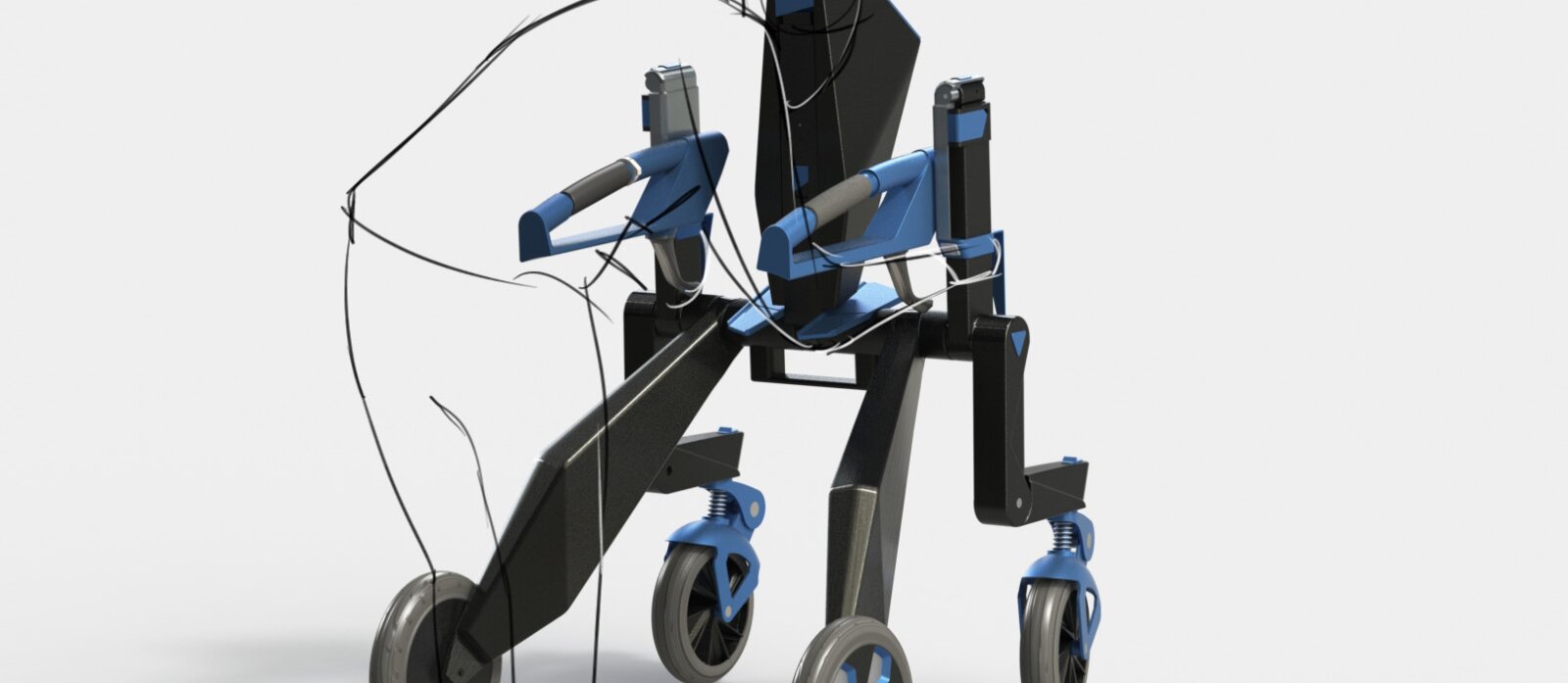
TOTO
ankle foot-orthesis for children in Madagascar

Team
Associations & partners
- Antwerp Social Lab (ASL)
- Belgian Design for All Network
- EIDD Design for All Europe
- CUMULUS NETWORK
- Design Society
- NTNU (Existential and Critical Design) -Prof. Anne Britt Torkildsby
- Antwerp Design Factory (ADF)